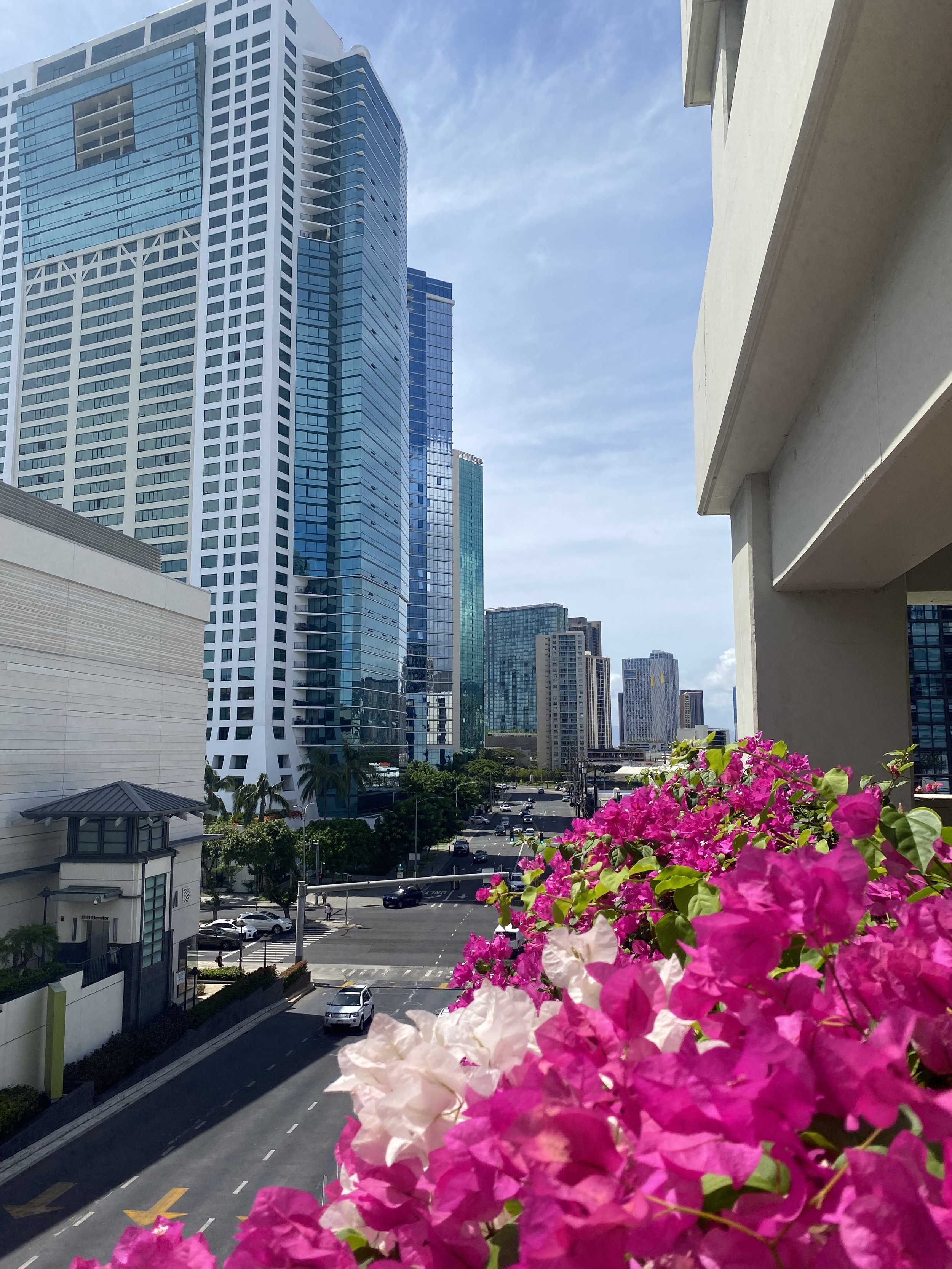Hawaii's Zero NET Energy RPS Goals for 2046 - The world has changed since 2008 - Can we still get there from here?
Hawaii ‘s energy load will have to double to meet the demands of electrified transportation.
Decarbonization or Energy Transition?
New studies commissioned individually by Hawaiian Electric and the State Hawaii Energy Office (HSEO)- for different purposes - project that the size of Hawaii’s grid will likely have to double to meet the added demands of the states transportation sector by 2045. No one considered this when the Hawaii Clean Energy Initiative (HCEI) was begun in 2008. Is it time for a new generation of Hawaii energy planners to change course?
Concerns exist that because of changes in technology that by 2046 there will not be enough renewable energy sources available in the form of solar panels or batteries or wind to cover the load. Will Hawaii still need to use fossil fuels to make up the difference ?
Is it better to maintain the 2008 energy goal of net zero energy by 2045 or aim for a new energy transition which will allow us to plan for a very different future?
Come join us for a deep dive into Hawaii’s energy future on October 26 at 9 am on RENEW REBUILD HAWAII’s Forum; NET ZERO IN 2046 ?- How do we get there from here?
Renew Rebuild hawaii is inviting you to a scheduled Zoom meeting.
Topic: Hawaii Net ZERO Energy by 2046 - Can we still get there from here?
Time: Oct 26, 2023 09:00 AM Hawaii
Join Zoom Meeting
https://us06web.zoom.us/j/88364275769?pwd=aqfxLaskQhrivaDh88Cgss7zk8TdjK.1
Speakers include
Hawaii State Deputy Energy officer
Stephen Walls
Renewable Energy Professional Dan Gowin
Sustainable Energy Hawaii board member Peter Sternlicht
Moderated by Stan Osserman
In 2046, Hawaii, according to projections put forth by e3, a leading energy consultancy, the state’s energy load will have to more than double to 14,500, GWH for an urban population projected to grow by less than 1% from 1.4 million to 1.6 million.
These projections according to Hawaiian Electric are based on a model that “includes distributed solar, utility-scale solar, land-based wind, and offshore wind. In addition, battery storage would be needed to shift energy into high-load hours on a daily basis. “
The question raised by these new studies are important to an understanding of Hawaii’s tourist economy. They bring us the thoughts of a new generation of Hawaii energy planners.
“How much land are you willing to sacrifice?" asks Gowin.
He questions the planned vast use of solar panels and bio fuels as a strategy or even pumped storage as this would adversely affect Hawaii’s ability to feed itself and may very well impact the beauty of the islands, the basis of Hawaii’s tourist industry. “ As for batteries, he adds:
"The best Lithium Ion batteries store the equivalent of 0.1 BTUs per lbs. Verses Hydrogen at 51,000 BTUs per lbs. Will batteries improve by 51,000 times? Answer is NO. Batteries are great for short term energy storage. But large scale and long term energy storage is where batteries fail".
Gowin says that in his opinion the most potent possibility for Hawaii is geothermal as it would enable Hawaii to produce hydrogen at very low cost to power its transportation needs. “ I expect compressed hydrogen or ammonia to become 90% of your energy storage”.
Facts Change
While Hawaii works hard at reducing its carbon emissions, the global economy has in fact, increased its consumption of fossil fuels. That consumption has grown 46% in just the 22 years since the turn of the millennium in 2000. Sustainable Energy Hawaii’s Peter Sternlicht, questions the focus of Hawaii’s energy policy on rapid decarbonization vs. a more durable energy transition focus than the current ‘solar, wind, battery’ strategy may be able to sustain. He asks, “If climate change is a global issue, requiring a global response, but the world is actually going in the opposite direction, will Hawaii’s hurried decarbonization strategy weaken its long-term sustainability?Have we factored in supply-chain logistics, or the geopolitics of an energy strategy based solely on intermittent energy systems?
Other voices question why these new strategies for the future do not take into account the great advantages that Hawaii has on each island to produce electricity from geothermal energy at very low cost.
As for offshore wind, Gowin says that even though there is a push for offshore wind the ocean around the islands is too deep to easily anchor floating platforms on the sea floor.
Where does Hawaii go from here? Come join us October26 and send in your questions or comments.
https://www.hawaiianelectric.com/documents/about_us/our_vision_and_commitment/20230406_HECO_decarbonization_pathways_report.pdf
https://www.hawaiianelectric.com/documents/about_us/our_vision_and_commitment/climate_change_action_flyer.pdf
https://energy.hawaii.gov/wp-content/uploads/2022/06/HCEI_MOU_signed_1-28-08.pdf
